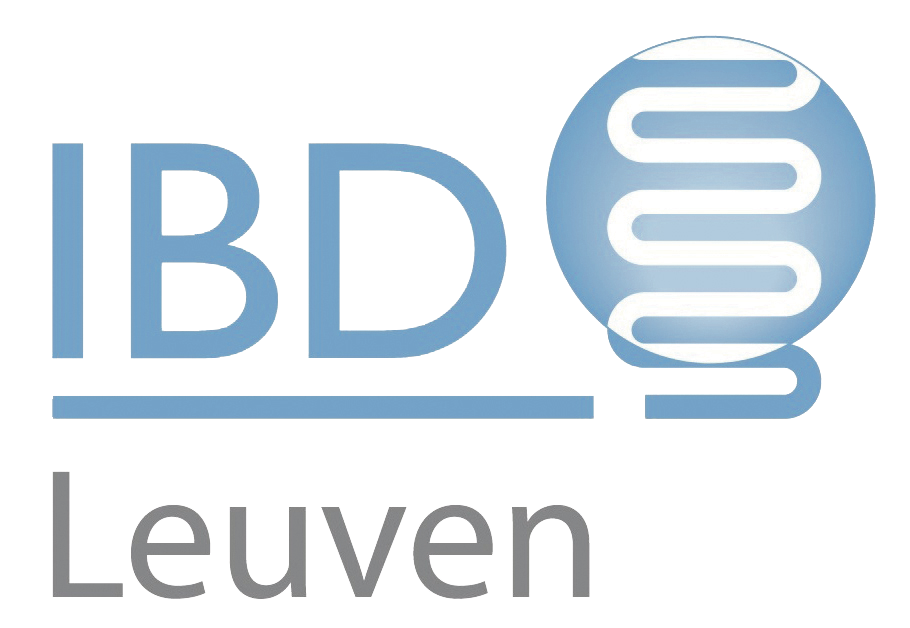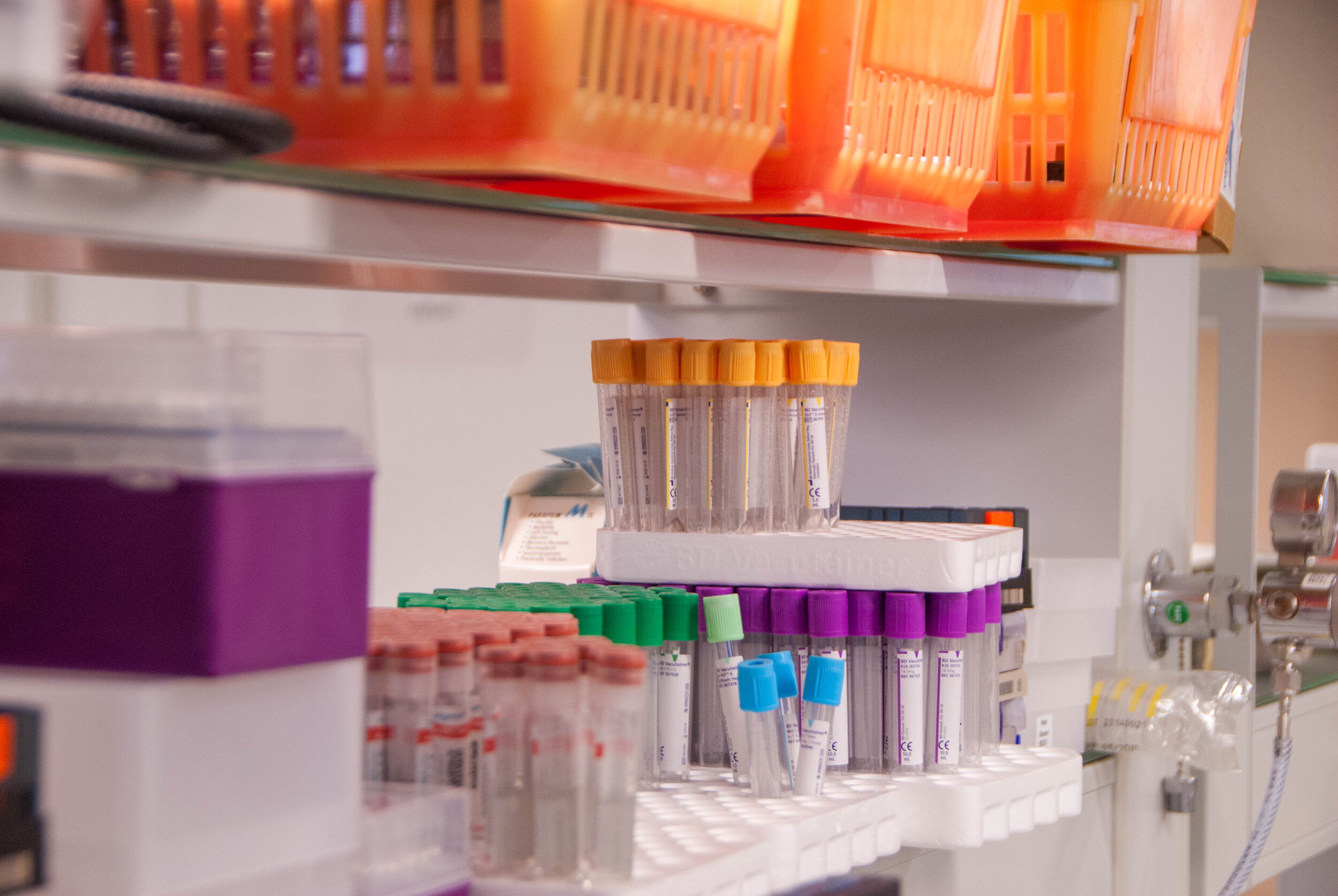Research
Therapeutic drug monitoring
As infliximab was one of the first therapeutic monoclonal antibodies on the market to treat inflammatory bowel disease and as treatment alternatives were limited, many data exist on how to optimize the treatment with infliximab. Since a drug can only exert its function when adequate concentrations are achieved in the serum, it was soon discovered that the concentrations of infliximab just before the next dose administration (i.e. trough concentrations) can be linked to clinical response.
Patients with low trough concentrations are more prone to relapse and can benefit from a dose intensified therapy regimen. In the Laboratory for Therapeutic and Diagnostic Antibodies, enzyme-linked immunosorbent assays to determine the concentration of infliximab have been developed. Besides infliximab monitoring, it is equally important to assess whether a patient develops an immune response against infliximab, i.e. anti-infliximab antibodies, which neutralize the activity of infliximab and accelerate its clearance leading to loss of response to treatment. Hereto, several assays to determine anti-infliximab antibodies have been developed, ranging from drug-sensitive to drug-tolerant immunoassays. Both the infliximab concentration and anti-infliximab antibody concentration can be used as objective tools in clinical decision making and allow generating treatment algorithms for patients with inflammatory bowel disease.
Next to assays to measure infliximab, also monoclonal-antibody based enzyme-linked immunosorbent assays to detect adalimumab, golimumab, etanercept, vedolizumab and ustekinumab were developed in the Laboratory for Therapeutic and Diagnostic Antibodies. These assays allow to measure the concentration of these biologicals in the inflammatory bowel disease patient’s serum and evaluate the relationship between the drug’s concentration and clinical outcomes. Consequently, this will allow clinicians to incorporate therapeutic drug monitoring into the clinical practice to optimize treatment by maintaining effective drug concentrations over time.
Today, the monitoring of the concentration of a biological requires a hospital visit for a blood sample to be taken. The Laboratory for Therapeutic and Diagnostic Antibodies also focuses on the development of alternative blood sampling methods for determining the concentration of biologicals. The dry blood spot analysis has been developed for adalimumab, golimumab, vedolizumab and ustekinumab, whereby a drop of blood is collected on blotting paper following a classical finger prick. This method of dry blood spot sampling is less invasive and thereby more patient-friendly; patients can collect it at home, and simply post the blotting paper with the drop of blood to the laboratory for determination of the drug level. The patient can then be contacted if the biological concentration does not fall within the expected or optimal, values.
In addition to the research into alternative blood sampling methods, work is also being carried out into the development and validation of new and quicker methods for determining the drug level in different types of samples, such as serum, blood and dry blood spots. By applying quicker methods, the results of the analysis might be available within e.g. one hour or less, allowing the physician to decide quickly whether or not the therapy needs to be adjusted.
TNF-alpha inhibitors are effective for inducing and maintaining response and remission in patients with ulcerative colitis and Crohn’s disease. The therapeutic response of individual patients is difficult to predict due to the high risk of primary nonresponse (30%) and secondary loss of response after an initial successful therapy (up to 50% within the first year). Reasons for nonresponse are not completely understood and presumably multifactorial. It has been shown that poor therapeutic outcome correlates with low drug exposure, reflecting in low trough concentrations (i.e., the drug’s serum concentration just before the next administration of the drug). Population pharmacokinetic-pharmacodynamic (PK-PD) modeling is a valuable tool to gain insight in the variability in drug exposure and response. PK-PD modeling also allows identification of patient descriptors (demographics, genetics, biochemistry, etc.) that explain this variable drug exposure and response. For example, it has already been shown that high C-reactive protein, low albumin, presence of anti-drug antibodies, etc. predict a more rapid clearance of the drug. Male gender and higher body weight predict a higher volume of distribution. This type of information supports the development of personalized, adaptive dosing of anti-TNF biologicals based on these patient descriptors, in order to obtain adequate drug exposure and subsequently a good therapeutic response. The Laboratory for Therapeutic and Diagnostic Antibodies is experienced in population PK-PD modeling and simulation and aims to develop and clinically validate personalized dosing algorithms that allow better allocation of the resources in order to obtain a higher (cost) efficacy.

